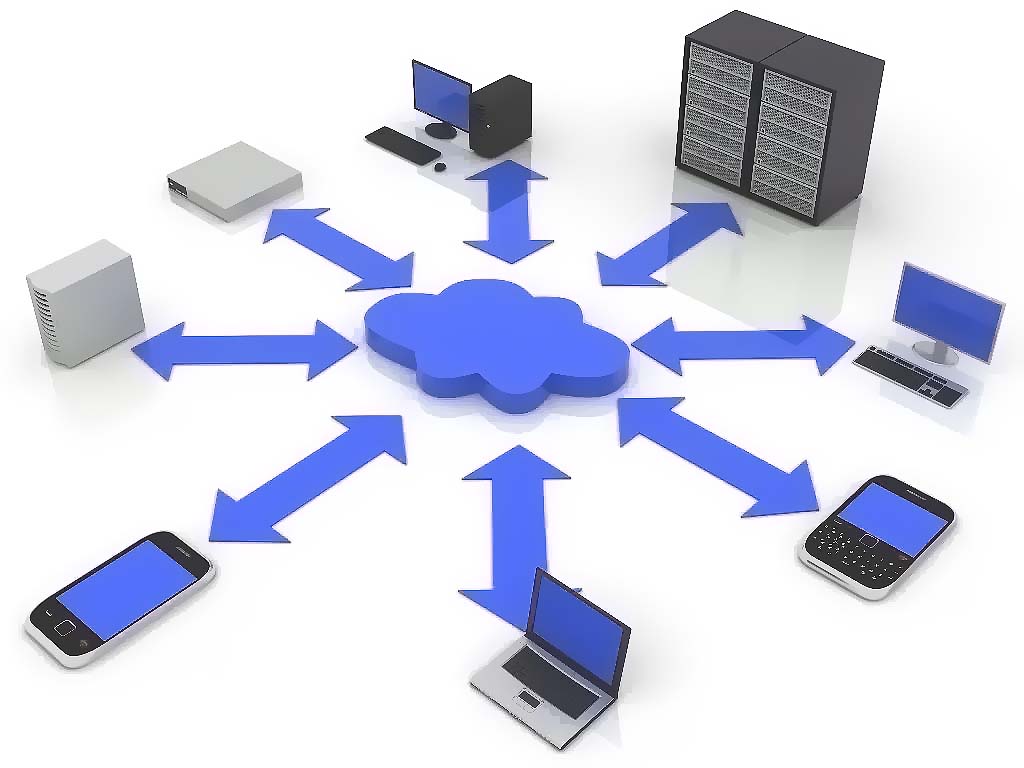
A hybrid cloud is the combination of at least two computing environments. These environments can share information and run a unified set of applications for a business or enterprise.
The cloud is a network of on-demand computing resources accessed over the Internet. The Red Hat Server facilitates the provision and exchange of computer services such as data storage, software applications, analytical and information tools.
With the continued rise of hybrid cloud computing , the gap between private and public clouds is widening. Now companies are pursuing a multi-cloud strategy. Yes! Are you familiar with this new type of strategy?
Don’t think about it! Continue reading:
A multi-cloud strategy works by treating different clouds as completely different platforms. Each of the platforms has its own set of applications and management. Similar to the hybrid cloud strategy that promotes workload portability, applications function consistently across different environments.
This allows computing platforms to span and communicate with multiple clouds.
Hybrid cloud environments should fulfill a number of functions:
- Connect multiple computers using a network.
- Consolidation of IT resources into a single pool.
- Scale and provision resources quickly.
- Integration of a single and unified management tool.
- Orchestrate processes using automation.
Why RedHat?
Red Hat’s open cloud strategy is supported by multiple open source technologies. It enables consistent interaction with any app in almost any environment without retraining employees, splitting management, or sacrificing security.
Public clouds are suitable for only some types of workloads, and building this type of cloud is complex. When you build a cloud with Red Hat, you can rely on a team of experienced professionals who can smoothly develop any roadmap.
An open hybrid cloud is a cloud approach that allows customers to leverage existing IT infrastructure. This strengthens the organizational perspectives.
There are also some specifications to consider:
- Can run any application or workload consistency across footprints.
- Help developers quickly build, deploy, and manage various types of applications.
- You can simplify, automate and secure various processes.
Why build a Red Hat Cloud?
Connecting clouds:
A hybrid cloud computing uses some of the most basic applications as standalone public or private clouds:
- Network or application programming interfaces (API) connect multiple computers.
- Virtualizations, containers or, in particular, software defined storage can easily be combined into pools.
- Management software can easily allocate multiple resources to environments.
Red Hat Application Services is a portfolio of products that can be used in any environment to enable modern application development. It helps existing systems run cloud or completely new applications.
Thanks to APIs that help manage access to cloud-based apps between internal teams, partners and the public; Agile integration technology can connect apps from the data center to the cloud; and decision management and business process automation technologies can automate processes.
Separate hybrid clouds can be seamlessly connected to each other. This level of interconnectivity serves as the foundation for edge computing.
Do you know edge computing?
Edge computing refers to bringing computing power physically closer to where data is generated. Processing data at the edge of the network reduces the need for large amounts of data.
Edge computing enables real-time interaction with users. This is because the data is processed closer to where it is generated.
Edge computing reduces the amount of data needed for travel.
The hybrid cloud use cases help you identify and define your business goals. Let’s look at the main use cases:
Cloudburst:
Cloud bursting is an application delivery model. In this model, the application runs primarily on local infrastructure and as capacity requirements increase. Typically there are two main reasons for using cloud bursting:
Compute resource bursting:
With the help of Amazon Elastic Compute Cloud, Amazon Elastic Container Service, etc., you can leverage burst compute capacity on AWS.
Bursting for storage:
It enables local workloads to use AWS cloud storage. With extensive hybrid cloud computing capabilities, you can block file storage.
Distributed data processing:
Customers often deploy applications across on-premises data centers and AWS, with functionality split between the infrastructures. This results in low latency or local data processing in an on-premise atmosphere.
Bottom Line:
With Red Hat servers, businesses get various benefits such as data center expansion, cloud bursting, geographic expansion, edge computing, ISV and software compatibility, distributed computing, etc.
Read More: How IoT Edge Computing Operates in the Real World







